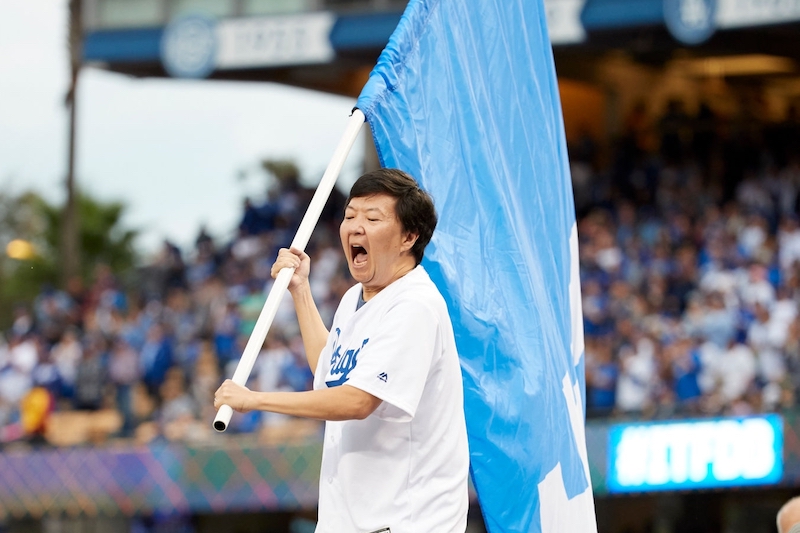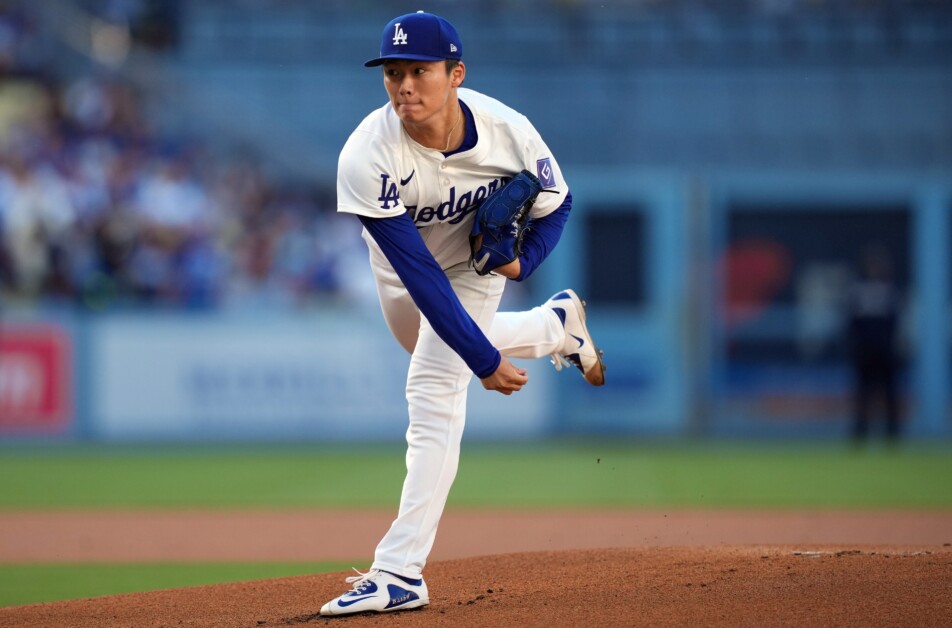The 2023 MLB season will introduce three new rule changes after they were approved by the joint competition committee this past October: a pitch timer, restrictions on defensive shifts and larger bases.
The aforementioned rules are designed to improve the game’s pace of play and increase action on the field. They will immediately go into effect during Spring Training games to provide an adjustment period before Opening Day.
All of the changes were tested in more than 8,000 Minor League games and the independent Atlantic League before MLB implemented them.
New rules for 2023 MLB season
Pitch timer
A pitcher must begin his motion before the expiration of the 15-second timer, or 20 seconds with at least one runner on base. There will also be a 30-second clock for pitchers between batters.
Pitchers will be permitted to step off the rubber twice per plate appearance without penalty, which resets the clock. Any more will be treated as a balk unless an out is recorded on a runner. Furthermore, the pitch clock resets if the baserunner advances.
Additionally, a hitter must be in the batter’s box with at least eight seconds remaining and they will receive one timeout per plate appearance.
Umpires have the authority to provide additional time if warranted for special circumstances, such as the catcher making the last out of an inning and needing more time to put his gear on.
During testing in the Minor Leagues, the average time of a nine-inning game was reduced by 25 minutes, from 3:03 to 2:38. Stolen base success rate also increased by 10% during the 2022 season, and stolen base attempts increased from 2.23 attempts per game to 2.81.
Shift restrictions
Two infielders must be positioned on each side of second base when the pitch is released, and all four infielders need to have both feet within the outer boundary of the infield when the pitcher is on the rubber. They may not switch sides unless there is a substitution.
The penalty for failure to comply with the shift restrictions is an automatic ball. MLB said the goal of the new shift rules is to encourage more balls in play, give players more opportunities to showcase their athleticism and offset the growing trend of alignments that feature four outfielders.
Larger bases
The size of first, second and third base is increasing from the standard 15″ square to an 18″ square, with the hope of improving player safety and encourage teams to steal more frequently.
Throughout testing conducted by MLB, base-related injuries decreased by 13.5% with declines at every level of the Minor Leagues. The base size also reduces the distance between them by 4.5″, making it slightly easier for players to steal a bag, which the league hopes will lead to an increase in stolen base attempts.
Automatic runner on second base in extra innings
As was the case in the last three seasons, teams will begin each inning after the ninth with an automatic runner on second base. However, this will only apply to regular-season games.
Restrictions for position players used as pitchers
Position players may only take the mound if a game is in extra innings, his team is trailing by at least eight runs at any point, or his team is winning by at least 10 runs in the ninth inning.
Last season, teams were permitted to use position pitchers as pitchers only in extra innings, or if his team was trailing or winning by at least six runs at any point. It resulted in a record 132 pitching appearances by position players, which surpassed the previous high of 90 in 2021.
Are you following Dodger Blue on Instagram? It’s the best way to see exclusive coverage from games and events, get your questions answered, and more!








